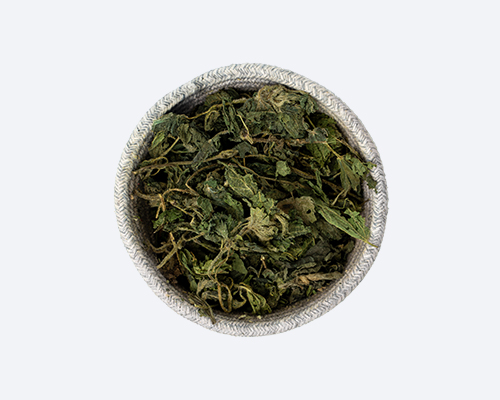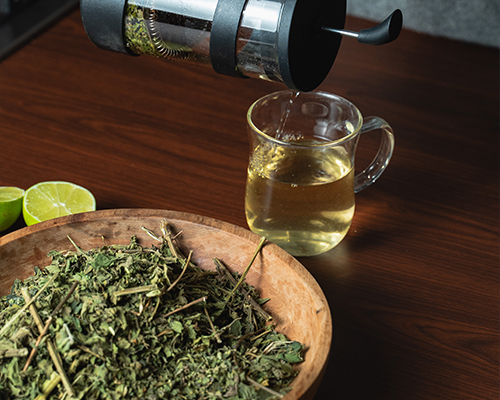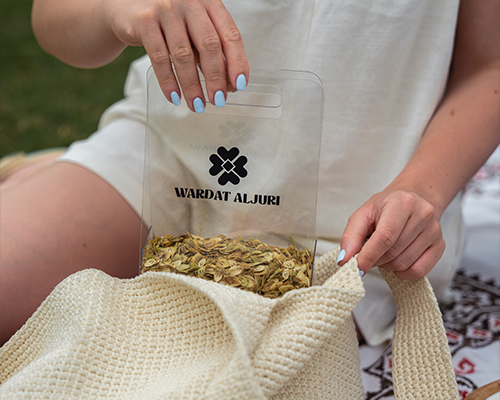Urtica dioica, commonly known as Stinging Nettle, is a perennial flowering plant belonging to the Urticaceae family. The scientific name is Urtica dioica, and while it does not have a specific brand name, it is often found in products labeled as “nettle extract” or “nettle tea.”
Stinging Nettle has a range of applications, particularly valued for its medicinal properties. It has been used traditionally for its anti-inflammatory, diuretic, and detoxifying effects. In herbal medicine, nettle is commonly used to treat conditions such as arthritis, allergic rhinitis, and urinary tract infections. Its leaves are rich in vitamins A, C, K, and several B vitamins, as well as minerals like iron, calcium, and magnesium. Nettle is also used as a dietary supplement for its potential benefits in improving hair health and reducing symptoms of benign prostatic hyperplasia (BPH) in men. The plant’s high nutrient content makes it valuable as a nutritional supplement in various forms including teas, capsules, and tinctures.

In terms of industry sector applications, Urtica dioica is utilized in the pharmaceutical, cosmetic, and agricultural industries. In pharmaceuticals, it is included in natural supplements and remedies due to its anti-inflammatory and diuretic properties. The cosmetic industry incorporates nettle in skincare products for its purported benefits in treating acne and improving skin tone. In agriculture, nettle is used as a natural fertilizer and as a component in composting due to its high nitrogen content. It is also employed in organic farming as a natural pest repellent.
The plant is native to Europe, Asia, and North America, where it grows abundantly in a variety of habitats including woodlands, meadows, and along roadsides. Stinging Nettle has been used for thousands of years in traditional medicine and has spread globally due to its adaptability and beneficial properties. Today, it is cultivated worldwide for its diverse uses in health, beauty, and agriculture.





